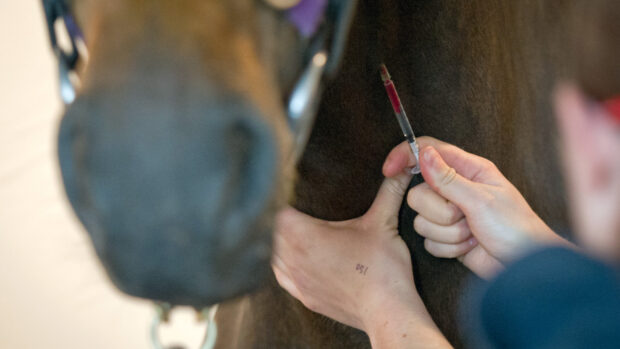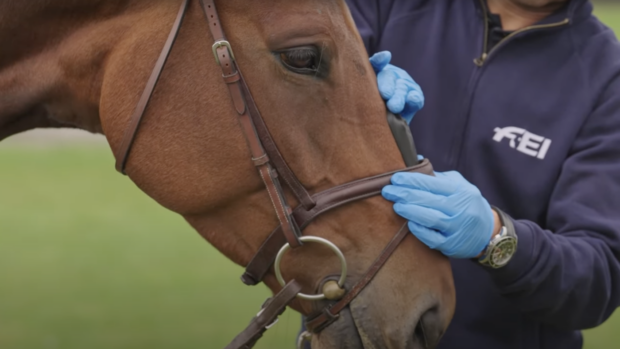Horse & Hound has uncovered paperwork that shows the International Equestrian Federation’s (FEI) decision to allow horses to compete on painkillers is in direct contradiction to research they undertook five years ago.
At the 2004 FEI General Assembly national federations agreed to cut the allowable level of salicylates (asprin) from the level they are now proposing because they believed it was open to abuse by “topping up”.
In the release from 2004 the FEI says: “The 2004 FEI General Assembly agreed to change the threshold for salicylates, in line with the proposals submitted by the Veterinary Committee.
“The previous thresholds for salicylates were 750 µg/ml in urine and 6.5 µg/ml in plasma. Experiences in testing had indicated that abuse of salicylates was possible, obtaining a clinical effect in the horse by administration of low doses without exceeding the threshold.”
They said: “an extensive study in 650 samples for the salicylate content and a subsequent bio-statistical analysis of the results indicated that a decrease of the threshold was possible, thereby making abuse of the substance more difficult”.
They decreased the levels to 625 µg/ml in urine and 5.4 µg/ml in plasma.
At the 2009 General Assembly in Copenhagen last week a narrow majority of equestrian nations voted to allow horses to compete on low levels of dichloreacetate (lactanase), isoxuprine (vasodilator), acetycysteine (mucolytic) and non-steroidal anti-inflammatories (NSAIDs) Phenylbutazone or bute, Salicyclic acid or aspirin and Flunixin.
It has provoked outrage throughout the horseworld.




